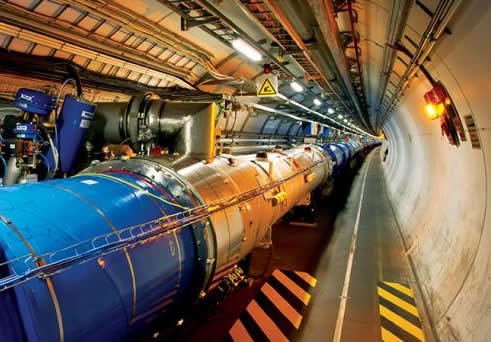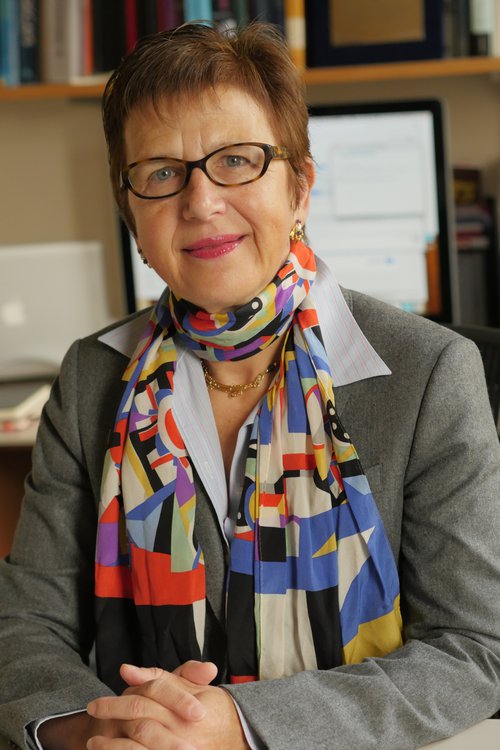
Our universe is dominated by matter and contains hardly any antimatter, a notion which still perplexes top scientists researching at CERN's Large Hadron Collider. The Big Bang created equal amounts of matter and antimatter, but now nearly everything—solid, liquid, gas or plasma—is made of matter. It’s like the universe flipped a two-sided coin and got heads 99.99 percent of the time.
This fundamental question around the matter-antimatter asymmetry drives the years long work recently honored with the 2025 Breakthrough Prize in Fundamental Physics and represents humanity's quest to understand the most fundamental laws of nature and the basic concept of existence.

Syracuse University physicists—representing the College of Arts and Sciences and part of the international LHCb Collaboration—received this prestigious recognition for their contributions toward understanding the confounding asymmetry between matter and antimatter. Distinguished professor Marina Artuso, professor Steven Blusk, research assistant professor Raymond Joseph Mountain, associate professor Matthew Rudolph, assistant professor Rafael Silva Coutinho and professor Tomasz Skwarnicki are among those exploring why our universe is composed almost entirely of matter.
The $3 million prize awarded by the Breakthrough Prize Foundation acknowledges the groundbreaking work in measuring Higgs boson properties, discovering new strongly interacting particles and investigating rare processes at the root of this cosmic imbalance. The Higgs boson is a particle discovered in 2012 that proves the existence of the Higgs field, which acts like cosmic molasses giving mass to fundamental particles as they move through it. This particle completes the Standard Model of elementary particles and their interactions, which is a powerful theory that explains a vast body of data accumulated over the last few decades of particle physics. The prize recognizes the four detectors operating at the Large Hadron Collider, Alice, ATLAS, CMS and LHCb, and was split equally amongst the four collaborations. The LHCb experiment's sophisticated 5600-tonne detector, located 100 meters underground near Geneva, Switzerland, captures data from particles created when protons collide at nearly light speed and focuses on the exploration of phenomena that may explain the matter-antimatter asymmetry of the universe.
Vincenzo Vagnoni, spokesperson for the 1500-scientist collaboration, accepted the prize on the LHCb team's behalf, together with the spokespersons of the three other experiments. The moment marked a rare departure from the usual laboratory setting, as the spokespersons traded their typical scientific attire for formal evening wear at the ceremony, bringing a touch of Hollywood glamour to the recognition of groundbreaking physics research. The $500,000 award is being donated to support doctoral students conducting research at CERN.
Read More: Physics Professor Receives NSF Grant for Work at CERN
